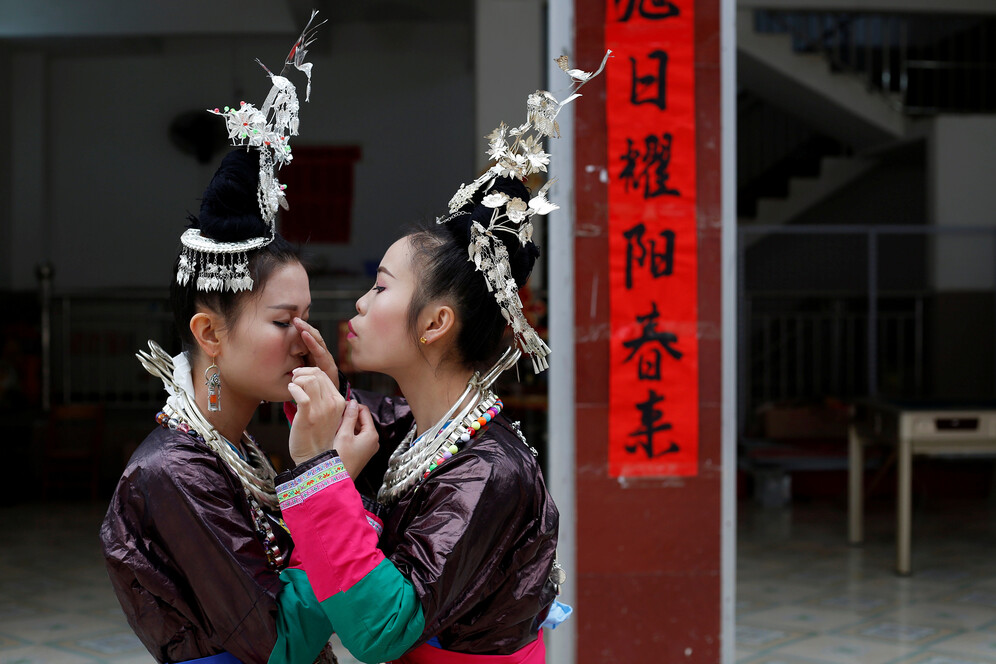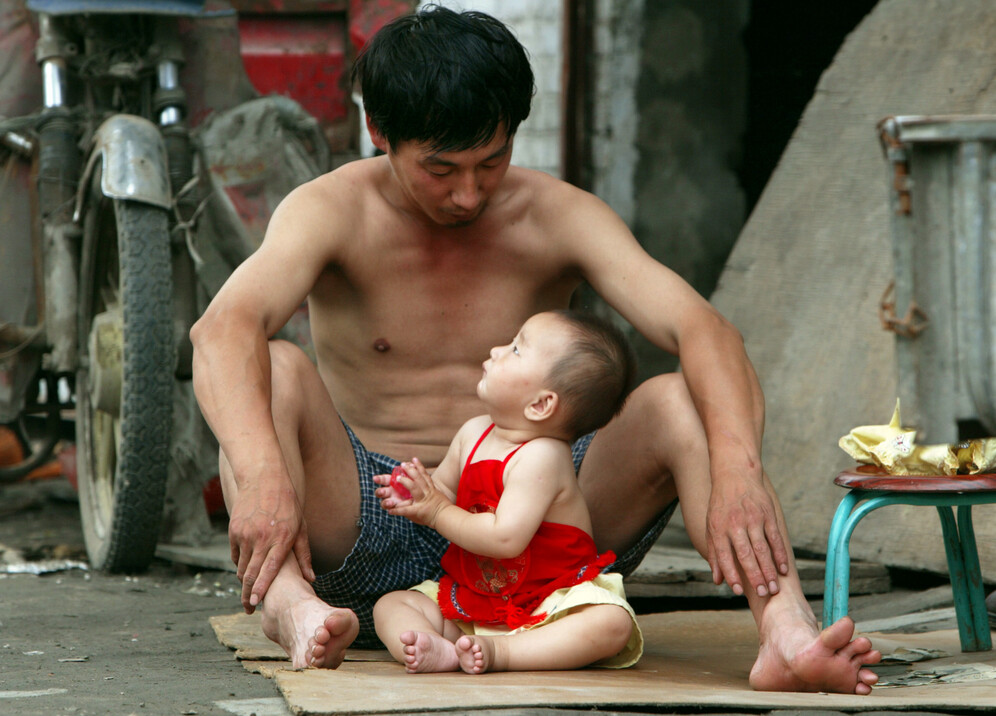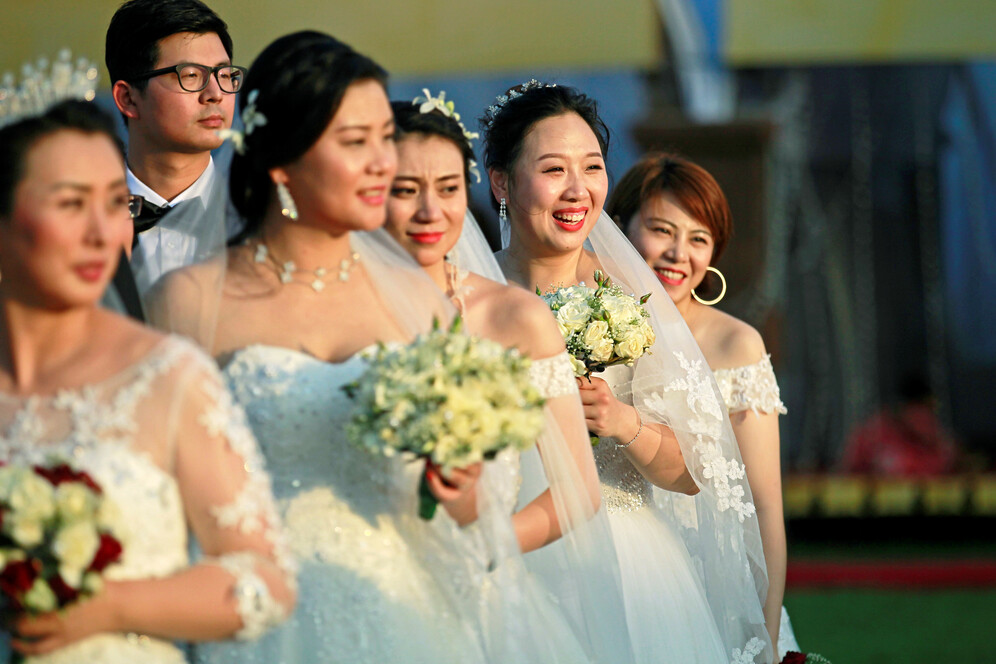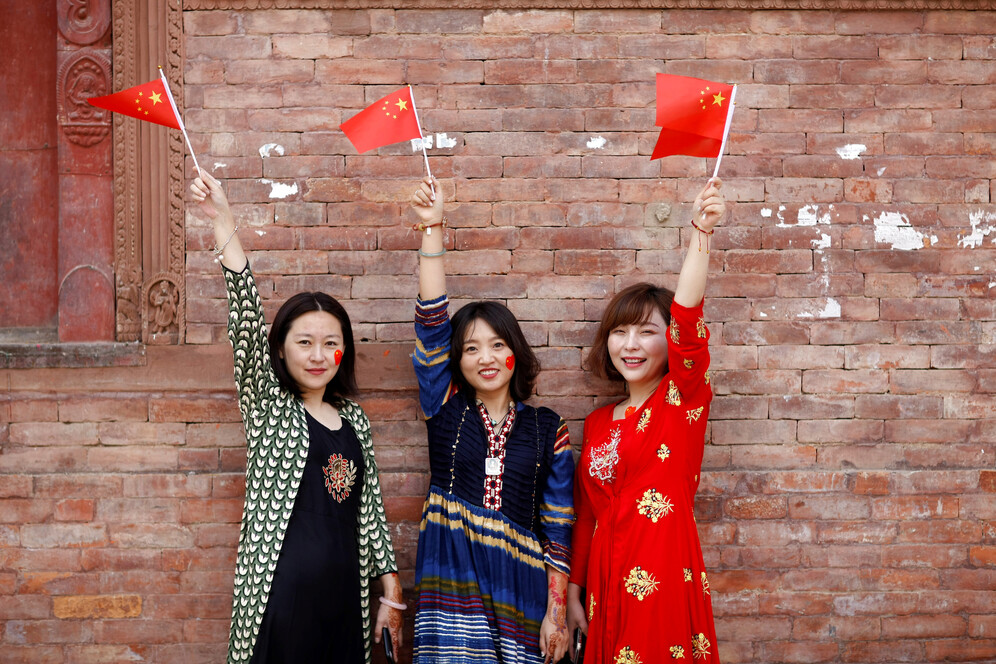How One-Child Policy Left Chinese Men Single And Boosted Bride Trafficking

About 140 million women are “missing” worldwide as a result of son preference and different forms of female discrimination, reports the United Nations Population Fund. The Chinese “missing women” account for almost a third of the number. The long-running one-child policy, underpinned by the traditional Confucian preference for male children, led to a wide gender gap in China, that fuelled sex trafficking and accelerated HIV transmission.
The New York Times tells the story of Phyu (the name was changed to protect her privacy), a 16-year-old girl from Myanmar. In the summer of 2018, looking for a better life, she was offered a job in China. A little later, Phyu realised she wasn’t going to work in a restaurant — she was going to become someone’s wife. She tried to escape, but it was virtually impossible, as she didn’t know where to go.

Phuy was one of the hundreds of women from Myanmar, who are trafficked to China every year and forced into marriage. Myanmar is not the only country donating brides for Chinese men. Lots of girls from the poorest parts of North Korea, Laos, Vietnam, Cambodia and Pakistan face the same fate every year.
The purchase of a foreign bride might seem the only solution to Chinese men struggling to find a bride. The problem stems from the serious demographic imbalance China faces. There are 37 million more men than women in the country. The gap is roughly equal to the population of Poland.

Sons vs. daughters
The Chinese Confucian culture traditionally favours sons over daughters. In the Confucian tradition, a woman is inferior to man. A woman is responsible for housekeeping and giving birth to healthy boys. While a daughter is seen as a burden that will leave home and serve another family, a son is considered a carrier of the family name that will financially support his parents.
“One family – one child”
The one-child policy was introduced in China in 1979 to curb rapid population growth. Chinese families, with some minor exceptions, were obliged to have no more than one child. Underpinned by the cultural preference for sons, the policy led to a dramatic decline in the number of female births. Chinese women, dreaming of a son, resorted to gender-selective abortions. The practice was common in the 1980s, with the increased availability of ultrasound scanners that can show the sex of the future child. In rural areas, with no possibility of prenatal gender identification, women would go even further to kill their newborn girls so as not to register them with the authorities and preserve the chance of having a son as their only child. As a result, since the 1980s China has experienced severely imbalanced sex ratios. In 2010, 121 boys were born per 100 girls, compared to the world average of 106 per 100. Significant concerns have been voiced about the social implications of such a massive shortage of women.

Male vs femaile babies
Data shows that at birth, males generally outnumber females by approximately the same ratio of 106 boys per 100 girls worldwide. Since females have better survival rates, the numbers of men and women naturally converge, and the gap becomes less apparent. But if at birth, the ratio is higher, the gap can lead to substantial demographic imbalances.
Wifeless men
The most obvious consequence of the “missing women” phenomenon is that the gender gap has left many Chinese men single. With significantly fewer women available on the marriage market, China has to face the phenomenon of surplus single males. Those males concentrate in rural areas and are usually in a disadvantaged position for lack of education and employment. They find themselves unable to cover marriage expenses and, thus, destined to remain single.

Dowry
In the Chinese tradition, a man willing to marry a woman has to pay a dowry, or “a bride price” to the bride-to-be’s family. Recently, the shortage of brides pushed prices up and turned marriage into an unaffordable luxury for many Chinese. Ten years ago the bride prices in rural areas varied between $300 and $400; now the price range is $30,000 — $40,000. Looks like hyperinflation of Chinese grooms.
In China, the marriageable-age men are called Guang gun (光棍), or “bare branches”. The very term reflects the perception of marriage as a symbol of a man’s social status. Thus, Chinese parents feel obliged to get their sons married. But the task is not that simple. Marriage entails considerable expense many families are unable to bear. If a son remains single, both he and his parents feel enormous social pressure.
“It’s a huge problem,” says Valerie Hudson, a professor at Texas A&M University and co-author of a book on the issue of gender imbalance. “In a deeply patriarchal society like China, a young man not getting married means he’s no one. He has no respect.” The social effects of the “bare branches” issue have spurred deep concerns. Some researchers suggest single men in difficult economic and social situations are inclined towards crime. Province-level data shows that in 1988 — 2004 a 1% increase in gender gap was followed by a 3% increase in violent crime. In other words, growing gender imbalance could lead to the criminalisation of a large number of young Chinese.

Brides trafficking and higher HIV risks
The lack of females and knock-out competition might be fuelling demand for foreign women, trafficked from impoverished Asian countries like Myanmar and Cambodia. Human Rights Watch documented extensive bride trafficking in Myanmar, where hundreds of women are transported to China only to be sold to Chinese grooms for about $3,000 to $13,000. Those women and girls are held in sexual slavery, forced into pregnancy, or made to undergo fertility treatment. As most of the trafficked brides don’t register with the Chinese authorities and are considered illegal immigrants, cases of sexual slavery, domestic violence and murder of such women remain undocumented.
The surplus males unwilling or unable to purchase a foreign bride, are stimulating demand for the sex industry in China. Although prostitution is illegal in the country, some researchers suggest the growing gender gap will trigger additional demand for female sex workers. And the ever-increasing demand seems likely to stimulate supply. This, in turn, might accelerate the spread of HIV and other sexually transmitted infections. An international group of scientists studying the issue suggests the young and poor Guang gun could turn into a new HIV risk group as they are more likely to resort to dubious sexual services.

Can polyandry help?
Ultrasound gender identification was prohibited in China in 2003 to stop the growing number of gender-based abortions. The one-child policy was revised in 2015 and transformed into the two-children policy. But China is still suffering the repercussions of the four previous decades of stimulating gender imbalances.
An economics professor at Shanghai’s Fudan University recently proposed resolving the issue of gender imbalance through polyandry – women having more than one husband at a time. According to Heather Barr, Interim Director of Women’s Rights Division at Human Rights Watch, the idea is “interesting” but will not necessarily improve the situation. The problem is that “more husbands could mean more work — especially since globally, women do two-and-a-half times as much unpaid care and domestic work as men”.

Fortunately, there is hope for the suffering Chinese demographics. Heather Barr suggests the situation may improve by combatting discrimination against women, ensuring equality at the workplace and “remembering that women are in charge of their bodies”.
Quanbao Jiang, Professor of Demography at the Institute for Population and Development Studies at Xi’an Jiaotong University, China, says gender imbalance continues to be one of the greatest concerns for modern China. Nonetheless, modernisation and popularisation of the equality movement are pushing people to change their attitudes concerning sons and daughters. “Even though the son preference still persists nationwide and will remain the social norm in the foreseeable future as a cultural symbol, daughters are more and more favoured today. It is my hope that gender equality will be promoted from every angle in China so as to erase all forms of discrimination against females and harness a harmonious society.”